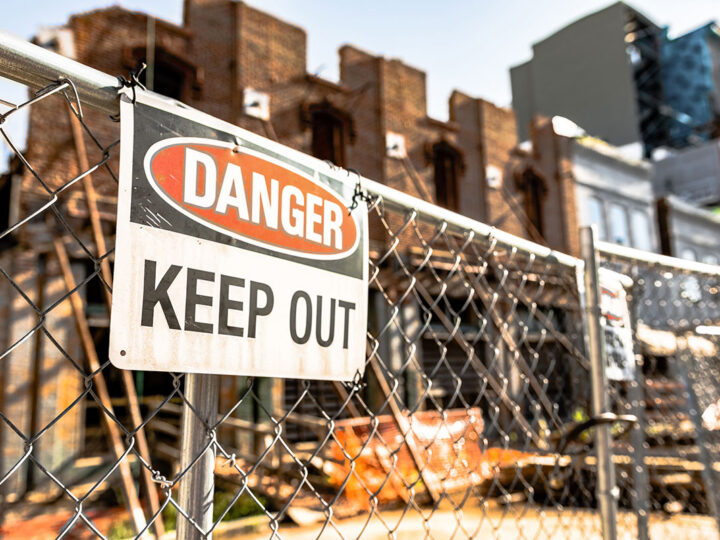
Beware of Indemnification Clauses–They Can Expand Your Liability and Take Away Protections
Sarah A. Johnson, Esq.
Most engineers have been instructed multiple times to view indemnification clauses that run in their clients’ favor with skepticism and to approach them with caution in contracting. For the most part, the instructions and warnings concern indemnification clauses that can lead to uninsured exposure on the part of engineers. Under typical professional liability policies, there is no coverage for liability, especially the liability of others, assumed under a contract or agreement unless the insured would have such liability in the absence of a contract.
Accordingly, engineers are typically instructed if they must agree to indemnification clauses in their clients’ favor, to limit the scope of those indemnification clauses to claims arising out of the engineer’s negligent acts, errors, or omissions in the performance of professional services as an engineer, and to specifically exclude any obligation to defend or pay attorney’s fees and costs, making it unlikely the engineer would agree to any liability they would not have in the absence of the agreement.
However, engineers also unknowingly agree to indemnification clauses that have other unforeseen consequences apart from subjecting them to uninsured exposure. One example of this is an indemnification clause wherein the engineer agrees to defend and indemnify the client from any bodily injury, including bodily injury to the engineer’s employees, arising from the engineer’s services under the contract. This indemnification agreement may lead to uninsured exposure as there are exclusions in most professional liability insurance policies barring coverage for claims arising out of injuries to the engineer’s employees. These claims are typically within the purview of workers’ compensation or employer’s liability insurance.
In addition to subjecting the engineer to uninsured exposure, this type of indemnification clause may also result in the engineer waiving certain protections extended by workers’ compensation laws, depending on the jurisdiction in which the engineer provides the services. In states like Pennsylvania and Illinois, this type of indemnification clause would have the effect of allowing third-parties to sue the engineer in lawsuits resulting from injuries to an engineer’s employee.1 Additionally, it may have the effect of waiving the cap on damages that can be assessed against the engineer for injuries to their own employees established by workers’ compensation laws.2
In other words, if the engineer’s employee sues the client for injuries that he/she sustains on the site, the client can then sue the engineer and attempt to pass along any liability (and often the cost of the suit) to the engineer. Further, if the engineer does not have an employer’s liability policy, the engineer will likely have to pay any such liabilities and costs out of their own pocket.
This is just one example of the perils that lie within indemnification clauses. It is best practice to avoid indemnification clauses that run in the client’s favor altogether if possible. However, if the engineer feels they must agree to indemnify the client, they should have the indemnification provision reviewed by a local attorney to avoid any surprise liability and exposure in the future.
CITATIONS
1 77 Pa. Stat. Ann. § 481(b) (LexisNexis 2020); Szymanski-Gallagher v. Chestnut Realty Co., 597 A.2d 1225, 1229-30 (Penn Super Ct. 1991); Braye v. Archer-Daniels-Midland Co., 676 N.E.2d 1295, 1301, 1304 (Ill. 1997).
2 77 PA Stat. Ann. § 481(b); Szymanski-Gallagher, 597 A.2d at 1229; Braye, 676 N.E.2d at 1301,1304.






